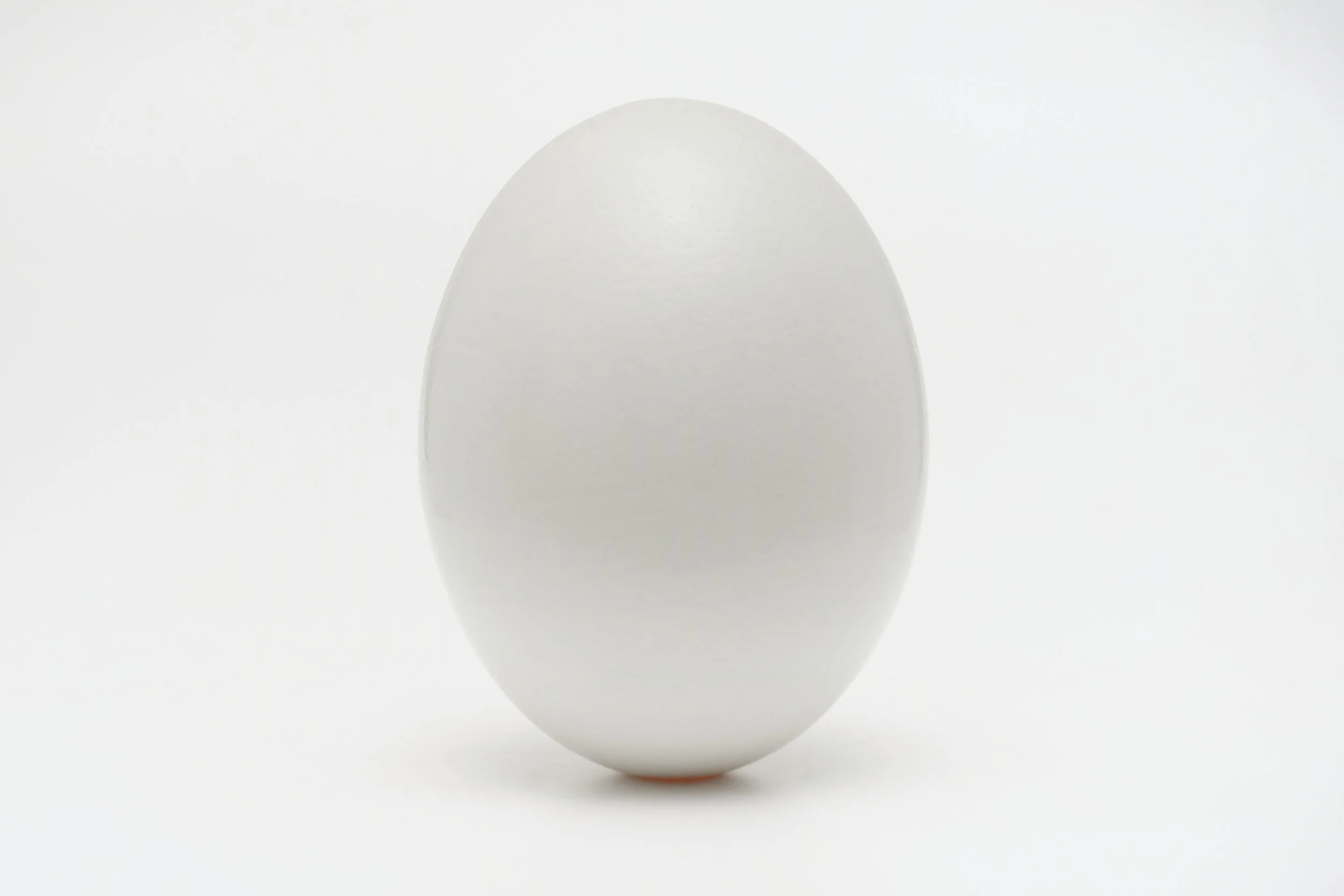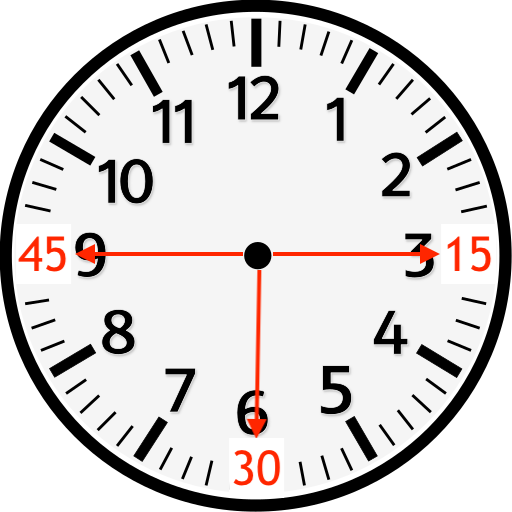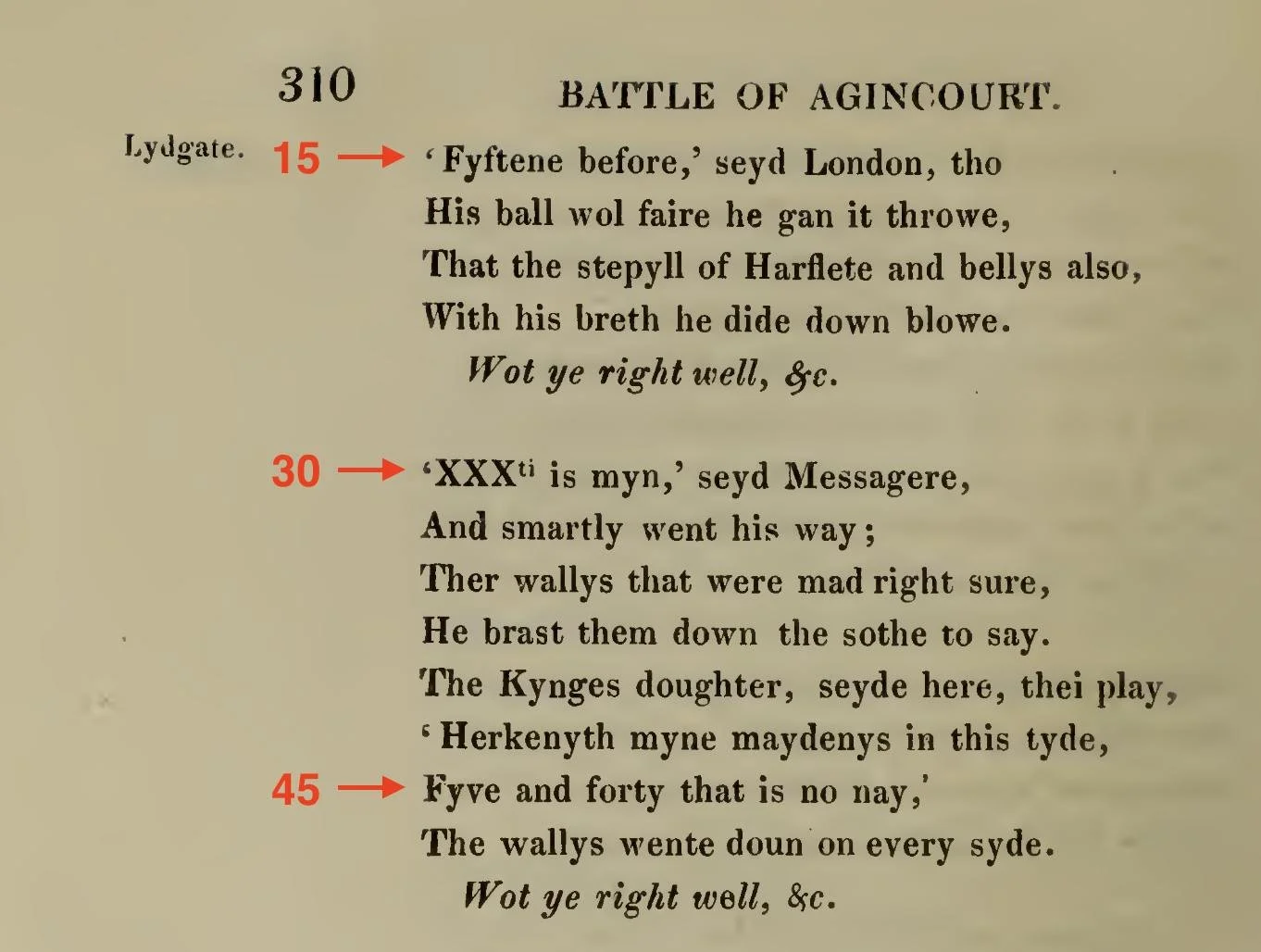Why is tennis scoring so weird?
The short answer
Tennis game scoring is strange. Points are counted love, 15, 30, 40, and game, rather than the logical 0, 1, 2, 3, 4. The short answer for why tennis scoring is so weird is simply that we don't know, but we have many interesting historical theories!
The long answer
Let's start by serving up a quick explainer on how tennis scoring works.
There are three phases of tennis: games, sets, and matches. A game is played up to four points, counting by love (0), 15 (1), 30 (2), 40 (3), and game (4). A player must win by two points, so if both players reach 40-40, one of them needs to score two additional points to win. (Note: The game phase is where a lot of the weird scoring is.)
Next we have a set. When a player wins a game, they get a point for that set. Sets are often played to the first of six, and a player needs to win by two games to win that set (e.g. 7-5).
Finally, matches are counts of sets and are typically played in best-of-three or best-of-five formats. This means you need to win two out of three sets in a best-of-three match or three out of five sets in a best-of-five match.
So that's how tennis scoring works. Now let's get into the oddities of the sport.
Why does "love" mean 0 in tennis?
No one knows for sure (this will be a common theme), but here are the most frequently repeated theories for why "love" means 0 in tennis.
Theory #1: "Love" sounds like "l'oeuf," the French word for "egg."
One simple theory is that "love" sounds like the French word for an egg: "l'oeuf." And an egg looks fairly close to a zero. Thus zero could be symbolized with an egg, which is known as l'oeuf, which sounds like love.
Theory #2: "Love" sounds like "lof," the Dutch or Flemish word for "honor."
Another theory follows a similar logical pattern, except resting on the Dutch or Flemish word "lof" meaning "honor." It was not uncommon for tennis to be described in terms of a great battle. Thus, even if you have zero points, you still have honor in the battle.
Theory #3: The concept comes from the phrase, "neither for love nor money."
The phrase "neither for love nor money" had entered the lexicon during the early years of tennis, leading some to think this is where "love" came from.
For those unfamiliar (me), the phrase means that if you can't receive love nor money for something, then that thing is going to be very difficult to get (e.g. "You won't get a room here, not for love nor money").
So the tennis term of "love" might come from this phrase, implying that a person with "love" had no money (i.e. no points).
Theory #4: If you're losing, you're playing for the "love" of the game.
A final theory is that if you have zero points, then you're simply playing for the love of the game of tennis. ❤️ 🎾
Why do points in tennis start at 15 rather than 1?
Yet again I must start with the fact that no one knows for sure. But here are the two leading theories for why points in tennis start at 15 rather than 1:
Theory #1: Clocks were used to keep score in early years of tennis.
The most popular theory about why tennis scoring (mostly) goes up in increments of 15 has to do with clocks.
The Middle Ages predecessor of tennis, jeu de paume, was an earlier version of the game that was played originally with palms, rather than rackets. A clock face was generally used as a scoreboard during this time, with minute hands moving a quarter of the way around with each point.
The main issue with this theory is that clocks with minutes were only introduced in the late 1500s, becoming common even later. Clocks were certainly used to keep score in jeu de paume, but some argue that clocks cannot be the origin of the 15, 30, 45 in tennis scoring.
Theory #2: Jeu de paume let players move up the court in increments of 15 feet.
"Jeu de paume" is part of the public domain.
Another theory has to the rules of jeu de paume (which as you can see, later introduced rackets). As a player won a point, they were allowed to move up 15 feet for their next serve, giving them an advantage. They advanced additional 15-feet increments until they reached the net.
Why do points in tennis go 15, 30, 40 rather than 15, 30, 45?
You guessed it: No one knows for sure.
Interestingly though, the original scoring system for tennis games may have been the more logical 15, 30, 45. There are records dating back to the 15th century indicates that the scoring went up in increments of 15.
Here's an excerpt from a Middle English poem written a few years after 1415 that counts 15, 30, 45 in a metaphorical tennis game between English King Henry V and the French Dauphin:
So there's evidence suggesting tennis scoring used to go from 15 to 30 to 45. What changed? Here are two theories for why the third point in a tennis game was changed from 45 to 40:
Theory #1: Forty is faster to say than 45.
Fifteen and thirty are both two-syllable words in French and English. Forty-five adds an additional syllable which can get tiresome to repeat and breaks the rhythm of two-syllable scoring. Thus, it's logical to presume that 45 was shortened to 40 to make scoring easier to call out.
Theory #2: Forty was introduced to allow for deuce and advantage.
Another theory contends that the rules of the game were changed when players decided they didn't want a game to be won by a single point (i.e. winning 45-30). So they introduced the concepts of deuce and advantage.
Deuce is when both players reach 40-40. When you reach deuce, you can no longer win when you get to 45, you now have to win with an advantage (i.e. win by more than one point). Therefore, if a player wins a point after deuce, they now have advantage. If they win one more point, they win the game. If they lose the next point, the players go back to deuce.
But what does that have to do with 40 being the third point instead of 45? Well if you consider that clock faces used to be used to track scoring and each game ended on 60 minutes, adding deuce and advantage ticks you over the 60-minute mark. Therefore it's theorized that the third point was changed from 45 to 40 to allow for deuce and advantage to take place, while still ending on "60 minutes."
Curious about how the world works?
Today You Should Know is a free, weekly email newsletter designed to help you learn something new every Friday.
Subscribe today 👇
Check out some other curious questions:
Sources
Cadorniga, C. (Carlos). (2023, August 30). Tennis Scoring Has Always Been Weird — Why Does It Go From 15 to 30 to 40?. Distractify. https://www.distractify.com/p/why-does-tennis-go-15-30-40
Fabry, M. (2023, July 14). Why Is Tennis Scored So Weirdly?. Time. https://time.com/5040182/tennis-scoring-system-history/
Gharib, A. (2023, August 25). Tennis scoring: Rules, points and everything to know about how matches work. USA Today. https://www.usatoday.com/story/sports/tennis/2023/08/25/tennis-scoring-points-rules-how-matches-work/70545050007/
Leroy, J. (2014). L’ORIGINE DES POINTS AU TENNIS. TENNIS-HISTOIRE. http://www.tennis-histoire.com/points.html
Ouest-France. (2022, May 24). Tennis. 15, 30, 40... Pourquoi Compte-T-on Les points de Manière si particulière ?. Ouest-France. https://www.ouest-france.fr/sport/tennis/tennis-pourquoi-compte-t-on-les-points-en-15-30-40-43d36130-a123-11eb-8a9a-06f908cc3273
Sak, M. (2023, October 31). Why Is Tennis Scoring So Weird? Top Terms to Know and How It All Got Started. ADV Tennis. https://www.advtennis.pro/blogs/community/why-is-tennis-scoring-so-weird
The Tennis Bros. (2024, March 27). Why is Tennis Scored the Way it is? (Tennis Scoring History). The Tennis Bros. https://thetennisbros.com/tennis-tips/rules/why-is-tennis-scored-the-way-it-is/








It’s like an American accent but with calendars.